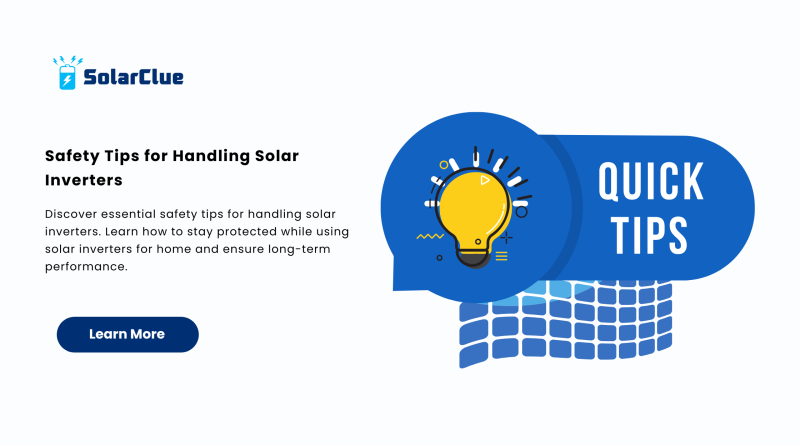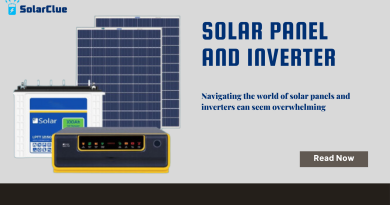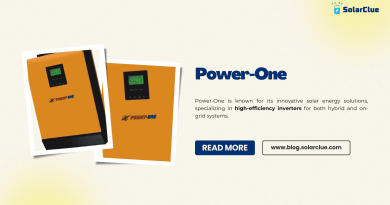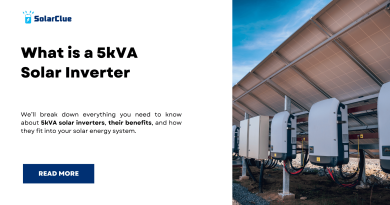Safety Tips for Handling Solar Inverters
When it comes to clean energy, solar inverters play a critical role in converting DC energy into usable AC power. Whether you’re using solar inverters for home or managing larger systems, safety should always come first. In this blog post, we will explore key practices to ensure your experience with solar inverters remains safe and efficient.
Table of Contents
- 1 Understanding the Role of Solar Inverters
- 2 Why Safety is Critical When Handling Solar Inverters
- 2.1 1. Always Follow Manufacturer Guidelines
- 2.2 2. Disconnect Power Before Handling
- 2.3 3. Use Proper Personal Protective Equipment (PPE)
- 2.4 4. Ensure Proper Ventilation
- 2.5 5. Avoid Water Exposure
- 2.6 6. Monitor System Performance Regularly
- 2.7 7. Beware of High Voltage Areas
- 2.8 8. Schedule Professional Maintenance
- 2.9 9. Keep Flammable Materials Away
- 2.10 10. Ground the Inverter Properly
- 2.11 11. Use Surge Protectors
- 2.12 12. Educate Household Members
- 2.13 13. Check Warranty and Service Contracts
- 2.14 14. Don’t Overload the Inverter
- 2.15 15. Secure and Label Wiring
- 3 Conclusion: Safety Ensures Sustainability
- 4 FAQs
Understanding the Role of Solar Inverters
Solar inverters are the heart of any solar power system. They manage energy conversion, optimize performance, and help monitor energy output. Without them, solar panels would be unable to power homes or businesses effectively.
Why Safety is Critical When Handling Solar Inverters
Electricity, even from solar sources, carries inherent risks. Proper safety precautions can prevent accidents such as electric shocks, equipment damage, or fire. This is especially important when dealing with high-performance best solar inverters that operate continuously.
1. Always Follow Manufacturer Guidelines
Every solar inverter comes with specific installation and handling instructions. Reading the manual carefully ensures that you’re aware of all technical and safety specifications. Never bypass safety locks or attempt DIY fixes unless you are qualified.
2. Disconnect Power Before Handling
Before performing any maintenance or checks, ensure that the inverter is fully powered down. Disconnect both the AC and DC connections. This simple step can prevent dangerous shocks and accidental startup.
3. Use Proper Personal Protective Equipment (PPE)
Wearing appropriate gear like rubber gloves, insulated tools, and protective eyewear reduces the risk of injury. Professionals working with solar inverters for home should always have PPE on hand.
4. Ensure Proper Ventilation
Solar inverters generate heat during operation. Installing them in well-ventilated areas prevents overheating, which can lead to fire hazards or system failure.
5. Avoid Water Exposure
Moisture is a known enemy of electrical systems. Ensure that your solar inverter is installed in a dry area, away from rain or leaks. Waterproof enclosures are a must for outdoor installations.
6. Monitor System Performance Regularly
Invest in a monitoring system or use the inverter’s digital display to keep track of performance. Drops in efficiency may indicate overheating, overloading, or other internal issues that need attention.
7. Beware of High Voltage Areas
Inverters handle high-voltage DC electricity from solar panels. Avoid touching terminals or exposed wiring. Label high-voltage areas clearly if you are managing a commercial setup.
8. Schedule Professional Maintenance
Even if your system seems to be running smoothly, schedule regular inspections by certified technicians. They can detect issues early and ensure that your best solar inverters are operating safely.
9. Keep Flammable Materials Away
Do not store flammable items near the solar inverter. In the rare event of a fault or spark, nearby combustibles could increase fire risk.
10. Ground the Inverter Properly
Grounding is crucial to dissipate excess energy safely into the earth. Improper grounding can result in electric shocks or damage to your devices during power surges.
11. Use Surge Protectors
Lightning or sudden voltage spikes can damage inverters. High-quality surge protectors or lightning arresters offer an added layer of safety and ensure longer life for your solar inverters.
12. Educate Household Members
If you have a solar inverter for home, inform family members about basic do’s and don’ts. Children especially should know not to tamper with the inverter setup.
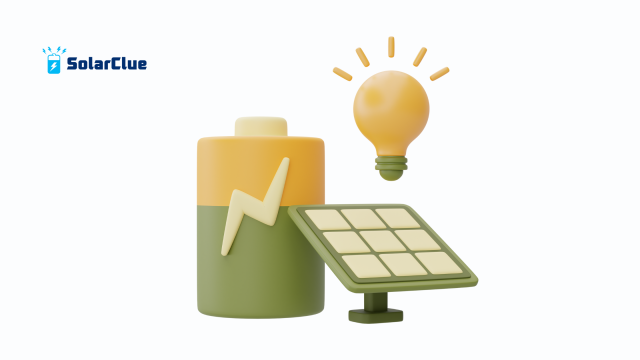
13. Check Warranty and Service Contracts
Ensure that your best solar inverters come with a solid warranty and maintenance plan. In case of malfunction, rely on certified support rather than trying to repair them yourself.
14. Don’t Overload the Inverter
Choose the right capacity inverter for your energy needs. Overloading can lead to overheating, shutdowns, or permanent damage. Know your solar inverter’s price and specs before purchase to avoid such risks.
15. Secure and Label Wiring
Messy wiring can lead to short circuits. Keep all cables secured, properly insulated, and labeled for easy identification during maintenance.
Conclusion: Safety Ensures Sustainability
Handling solar inverters safely not only protects lives but also ensures long-term efficiency and performance. Whether you’re installing solar inverters for home or managing a larger setup, these safety practices can make all the difference. Prioritize regular checks, understand the specifications, and stay updated with the latest inverter technologies.
For more in-depth guides, visit our blog at blog.solarclue.com and explore the full range of products at solarclue.com. Your solar journey deserves safety, knowledge, and confidence!
FAQs
1. What is the main purpose of a solar inverter?
A solar inverter converts the DC electricity from solar panels into usable AC electricity for homes and appliances.
2. Can I install a solar inverter by myself?
It’s highly recommended to hire a professional for installation to ensure proper handling, safety, and performance.
3. How often should I inspect my solar inverter?
Visual checks can be done monthly, but a professional inspection every 6-12 months is ideal for long-term safety.
4. What should I do if my solar inverter overheats?
Turn off the system and call a technician. Avoid DIY fixes to prevent electric shock or voiding the warranty.
5. Are there different types of solar inverters?
Yes, including string inverters, microinverters, and hybrid inverters. Each serves different needs and setup sizes.

